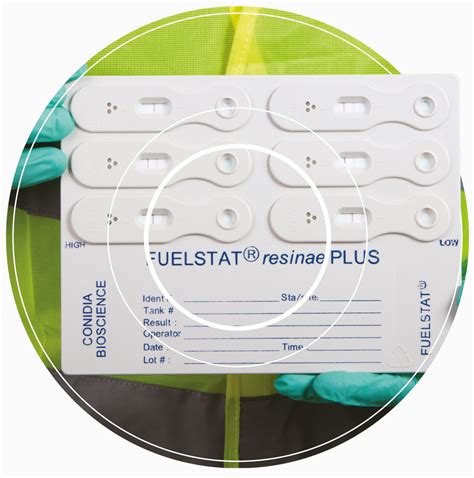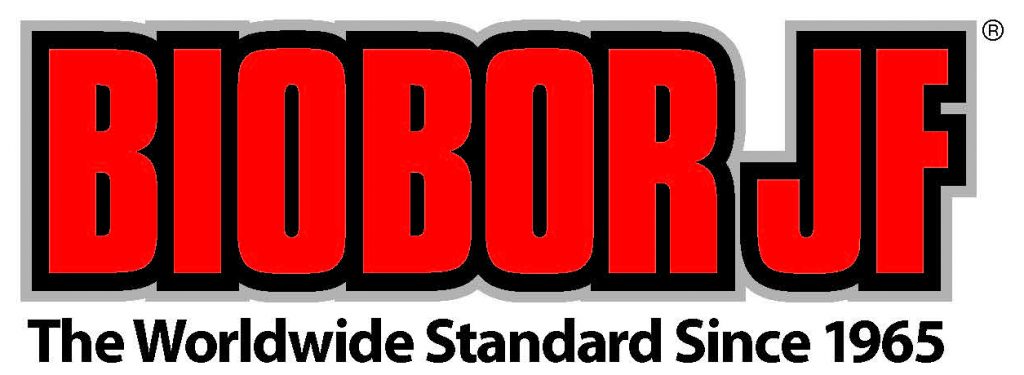Questions continue to be raised concerning the long-term storage limitations of jet fuel in parted aircraft. The industry demands safe and reliable fuel. How long is too long and what are the main issues to consider with long-term storage in aircraft? Fuel compositions vary depending on refining process and source of crude. There are many variables that determine the stability of fuel in long-term storage. While long-term storage in aircraft is not the norm, the military and fuel industry do store large stockpiles for lengthy periods of time with great success. Assuming fuel was uploaded into the aircraft, dry and free of contaminated solids, what are the main factors that negatively affect fuel stored in aircraft? What can be done to minimize problems associated with long-term storage? Is there a time limit to long-term storage? The following is a condensed version of a larger whitepaper available to download.
The main factors negatively affecting the long-term storage of fuel in aircraft are:
- Fuel aging and oxidation – Fuel ages over time. Hydrocarbon molecules react with oxygen in storage systems. The exposure to atmospheric oxygen, the presence of catalyzing compounds (compounds that cause accelerated reactions) and environmental conditions within storage contribute to uncontrollable autoxidation, leading to the formation of resins, gums, particulate and acid formation.
- Water – Water is always a factor in fuel degradation. The control and regular removal of water is imperative. For this reason, long-term storage of fuel depends on good housekeeping and maintenance methods.

- Temperature, temperature vacillations and humidity – As temperatures rise, water solubility of fuel increases. Condensation coalescing on the walls of a tank are more readily absorbed into the fuel. The opposite is also true. As temperatures decrease, suspended water coalesces and settles. Higher temperatures are generally more favorable to higher levels of water solubility. Higher temperatures also increase the reproductivity of microorganisms.
- Additive – Any additive that lowers the surface tension of the fuel acting as a surface-active agent – a surfactant – is a potential problem. When surface tension is reduced, fuel becomes more water soluble making it more difficult to settle out and drain off. If enough water is absorbed over time an additive with surfactant qualities becomes water laden and heavy enough to settle out with water. DiEGME is a good example is the perfect example.
- Microbial contamination – Microbial contamination left unchecked accelerates fuel degradation and leads to serious fuel system problems. Loss of product quality, emulsification, system corrosion and sludge formation are just a few of the more serious issues associated with microbial contamination. Microorganisms play a damaging role in fuel and fuel systems.
The negative effects of fuel aging, oxidation, temperature related issues, water problems, microbial contamination and additive issues are a challenge. A few well-planned steps limit their effect and allow for successful long-term storage in aircraft.
- Maintain good housekeeping – First and foremost, remove free water. Keeping fuel as dry as possible reduces the proliferation of microbial contamination. It does not guarantee a microbial free system, but it does create a more favorable environment.

- Sample and test for microbial contamination – Sample and test fuel to determine any changes in fuel quality before it becomes a serious problem. Sample and visually inspect fuel during weekly water draining. If fuel shows signs of contamination or discoloration, test for microbial contamination. Test monthly for microbiological growth even in the absence of water.
- Inspect items susceptible to water intrusion – Successful long-term storage depends on proper maintenance and inspection schedules. Pre-storage inspections of aircraft fuel system access points and seals is recommended. Specifically inspect for deficiencies in seals, caps and vents.
- Add inspections as needed following post-water events – Rain and snow storms, especially those with driving winds, present additional water intrusion concerns. Additionally, aircraft washing is a known source of water intrusion. A post-water inspection helps eliminate problems during long-term storage. Effective water management strategies, including additional inspections, reduce microbial contamination by finding water before it becomes a problem.
- Administer Biobor®JF – The prior steps only help reduce contamination and limit fuel degradation. No matter how good the process, microbial contamination is probable. In order for fuel to be effectively preserved during long-term storage, a biocide is essential.

Long-term storage of fuel in aircraft is challenging but not impossible. While oxidation plays a part in fuel aging, the source of most fuel degradation comes from the presence of water. Good housekeeping, sampling, testing and inspections reduce contamination. The potential for microbial contamination remains with or without the evidence of water. A majority of airlines indicate minimal volumes, no more that 10% of capacity during long-term storage, leaving 90% unprotected. Dry space in a fuel system represents an area of frequent condensation and is always unprotected. Fuel biocides can only protect what it touches. Biobor®JF provides the necessary assurance for fuel and the wet space during long-term storage. Effective, stable and soluble, it will stay in solution during extended storage. Studies show with proper fuel management, fuel can be stored for extended periods of time. Military organizations regularly store jet fuel for as long as 36 months with no significant changes to fuel quality specification. While there are many variables and no guarantees, fuel is regularly stored long-term with few depreciable affects. The key is to reduce the variables through regular, well-planned aircraft maintenance, inspections and fuel quality management. In the end, fuel quality testing provides answers to questions about fuel specification and usability if required.
Biobor products are the worldwide standard. Biobor®JF is the original, industry standard biocide since 1965, used in the most critical application – aviation. Independently tested, EPA registered and OEM approved for use in all hydrocarbons. It does not affect fuel performance and is more stable, less corrosive and safer to handle than other products. The Biobor family of products includes aviation, diesel fuel and gasoline additives designed to remediate, stabilize, clean and enhance fuel. If you manage fuel and fuel systems, and are not using additives as a way to reduce costs and liabilities contact the Biobor experts and find out how they can help you develop a personalize FQM program. If you are using non-Biobor products, contact us and find out why you need to make the change to Biobor.
Follow BioborShare the Post









Are there any complains about long term storage in an A320 with Biobor inside the A/C Tanks
The product has been used successfully in aircraft since 1965 including the most recent long-term parking of aircraft during the Covid pandemic shutdown. In all that time, we have never received any complaints. Additionally, all of our testing, both internal and third party supports this. Feel free to contact us at inquiry@biobor.com